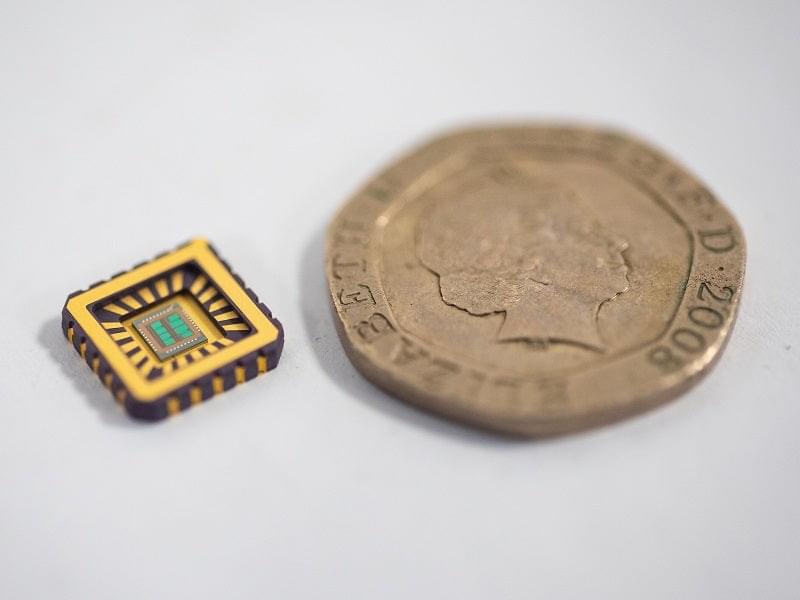And just in time for the “Last of Us” series. 😂
A drug-resistant fungus Candida Auris is spreading in US hospitals at an alarming rate. Those with fragile immune systems are at risk. What happens if it enters your country or your neighbourhood? Should you be scared? Molly Gambhir reports.
#Gravitas #CandidaAuris #Fungus.
About Channel:
WION The World is One News examines global issues with in-depth analysis. We provide much more than the news of the day. Our aim is to empower people to explore their world. With our Global headquarters in New Delhi, we bring you news on the hour, by the hour. We deliver information that is not biased. We are journalists who are neutral to the core and non-partisan when it comes to world politics. People are tired of biased reportage and we stand for a globalized united world. So for us, the World is truly One.








